Public Fury Mounts, Yet the South Korean President Holds Firm
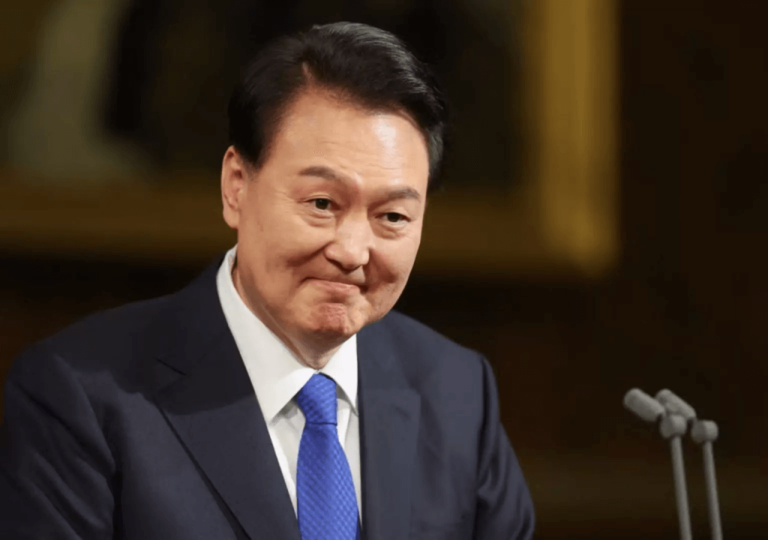
Amid South Korea's political turmoil, President Yoon Suk Yeol faces calls for resignation and potential arrest over insurrection charges

Amid South Korea's political turmoil, President Yoon Suk Yeol faces calls for resignation and potential arrest over insurrection charges

Bangladesh faces escalating tensions with Myanmar due to the Arakan Army's growing influence along their border
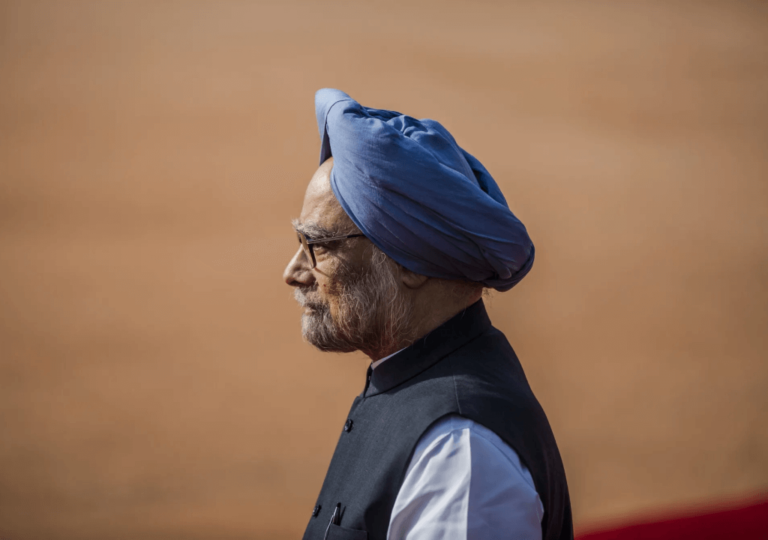
Former Prime Minister Manmohan Singh, 92, passed away in New Delhi, leaving behind a legacy of economic transformation
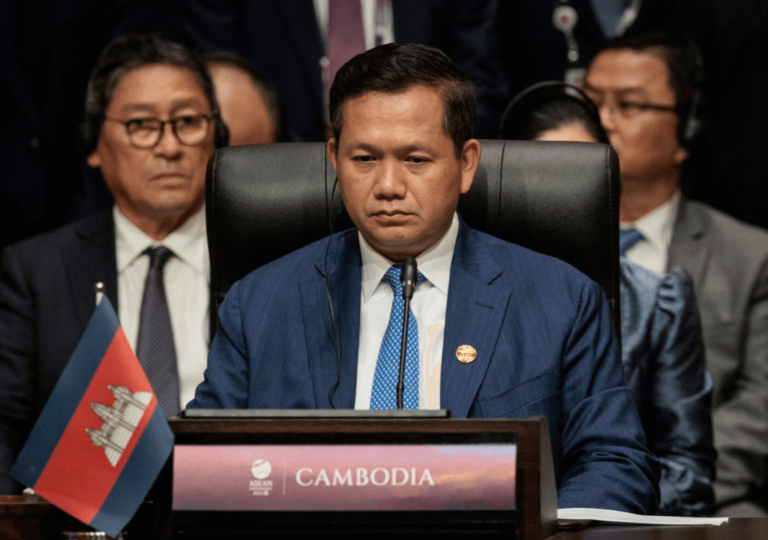
Cambodia's authoritarian regime, led by Hun Sen, silences dissent and imprisons opposition leaders like Sun Chanthy
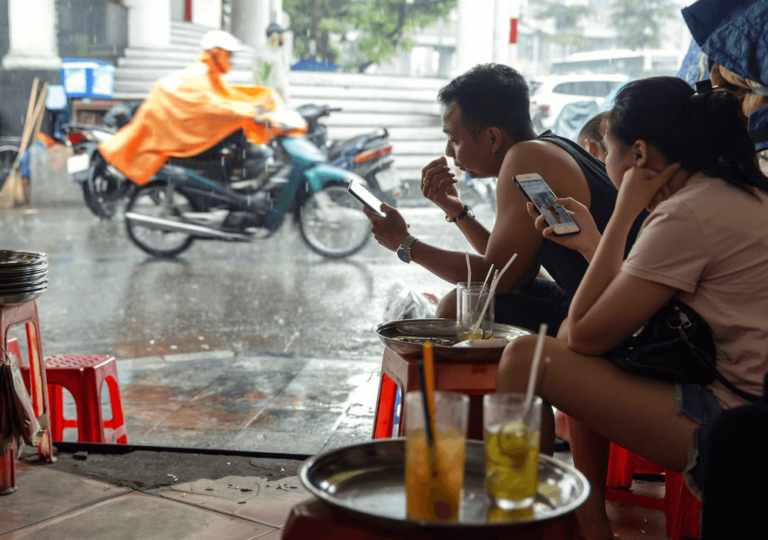
Vietnam's new internet law enforces strict surveillance and censorship, mirroring China's authoritarian model of governance
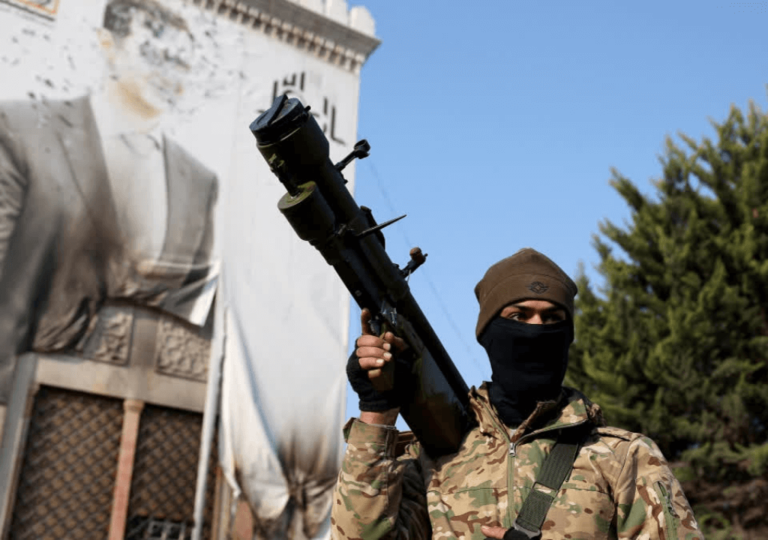
The Syrian civil war has officially ended, with Hay’at Tahrir al-Sham now governing a fractured nation
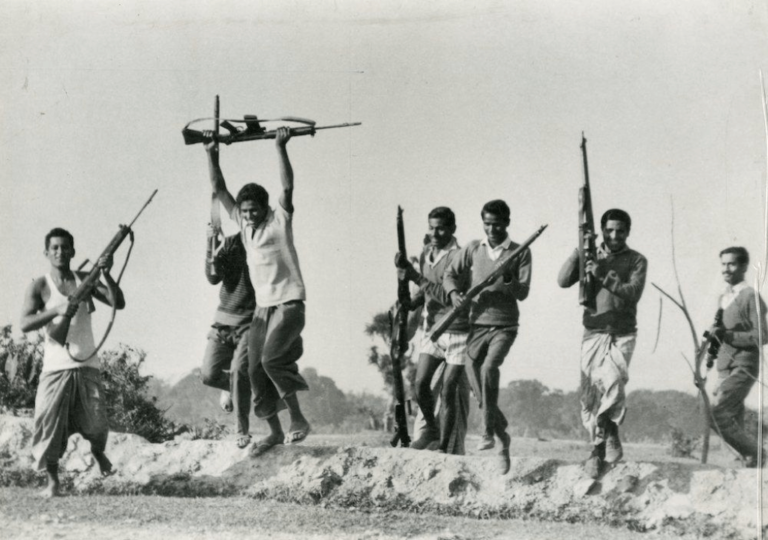
Bangladesh's independence marks a complex legacy, with rising anti-India sentiment and internal strife threatening its future
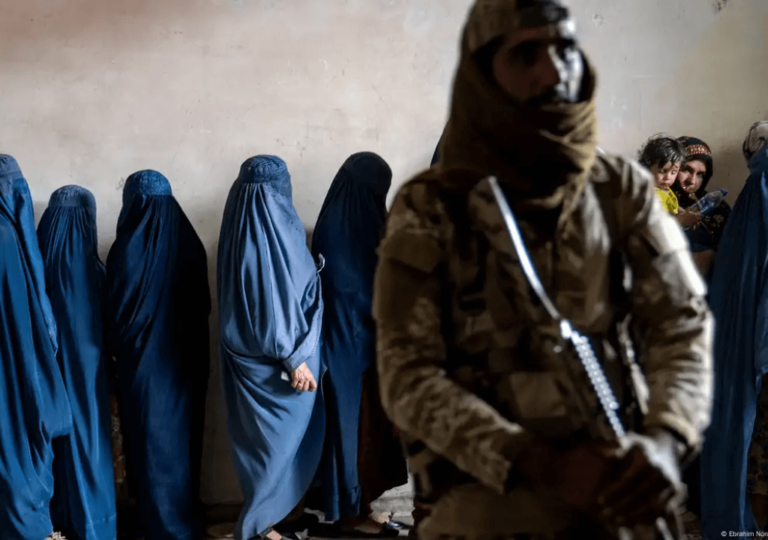
The ongoing conflict between the Taliban and ISIS-K raises questions about true Islamic governance in Afghanistan
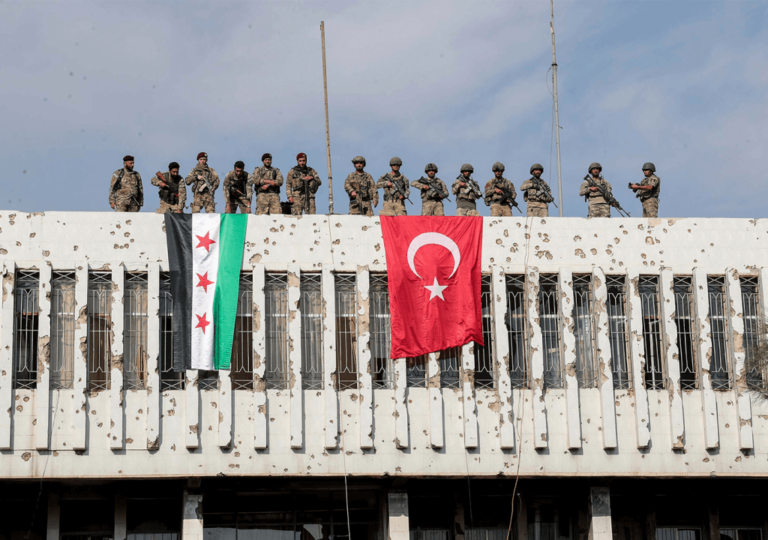
Turkey is reasserting its influence in Syria, targeting Kurdish forces amid a shifting power dynamic in the region

South Korea's cultural rise faces political turmoil, with protests against President Yoon escalating amid calls for his resignation